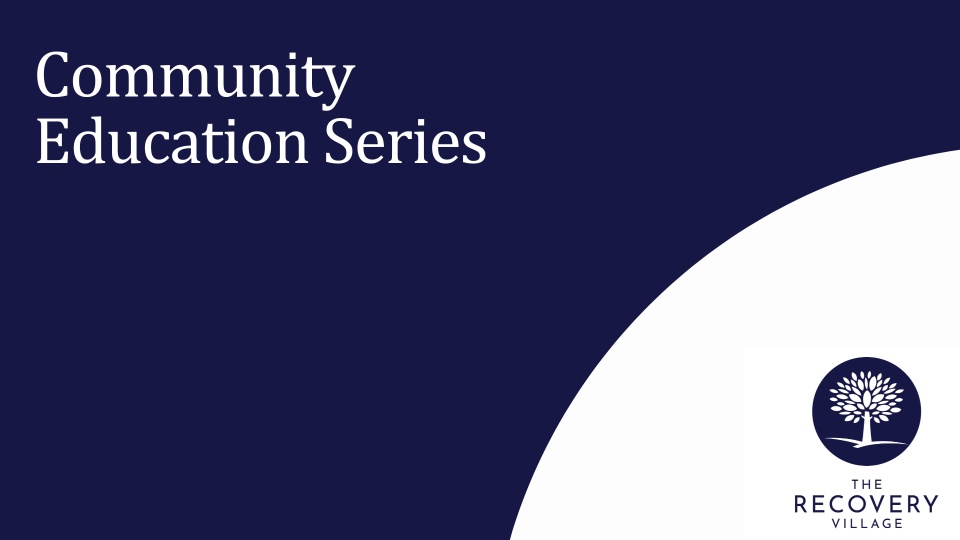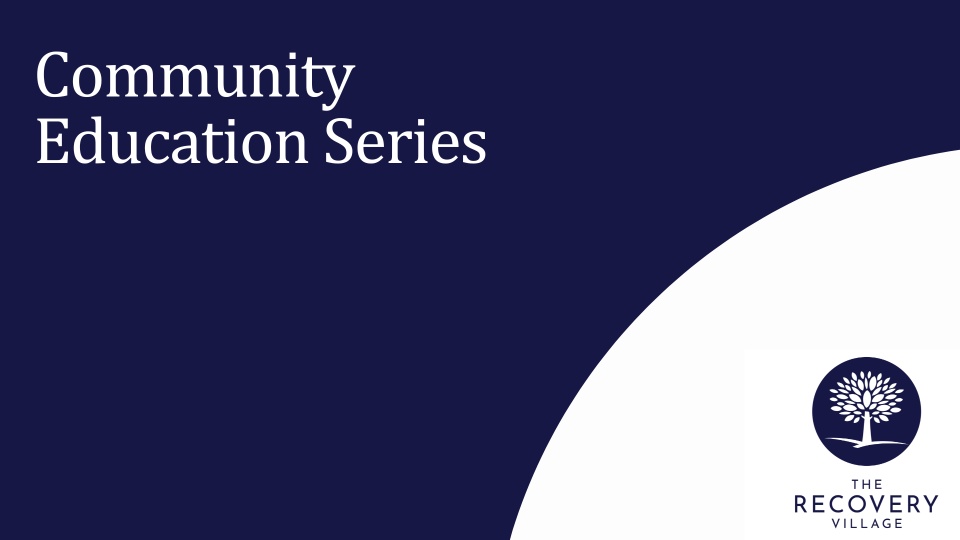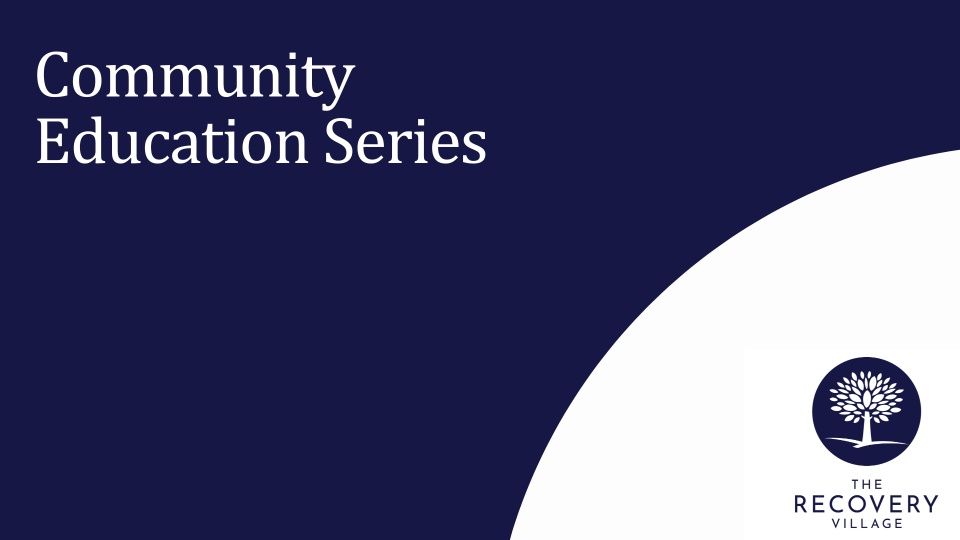Tips for Staying Sane During COVID Lockdowns & Stress
Estimated watch time: 45 mins
Available credits: none
Objectives and Summary:
The ongoing COVID-19 pandemic has left many people feeling completely stressed out and overwhelmed. Whether it’s due to financial struggles, working from home, lack of privacy or illness, the subsequent lifestyle changes have taken their toll on most of us. In this presentation, Stacey Henson, LCSW, ACSW, shares ways we can reduce stress and get back to a healthier, more fulfilling life while this public health crisis continues.
While watching this presentation, the viewer will:
- Gain insights into how you might best manage things during this stressful time
- Learn areas to focus on when looking at stress management
- Complete a relaxation exercise that helps each participant decrease their current level of stress









